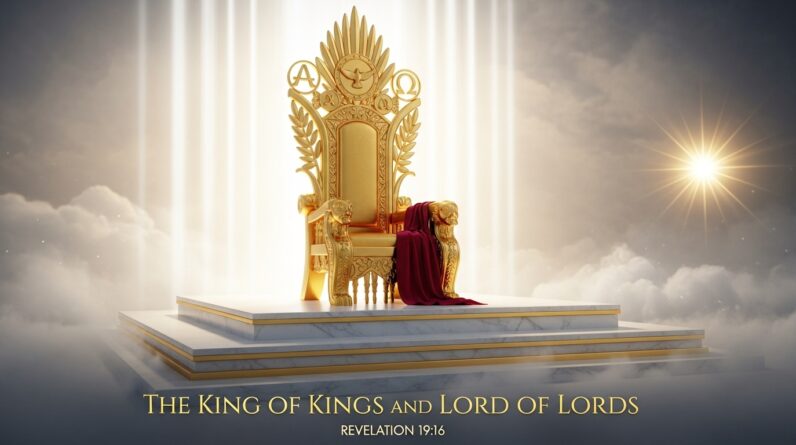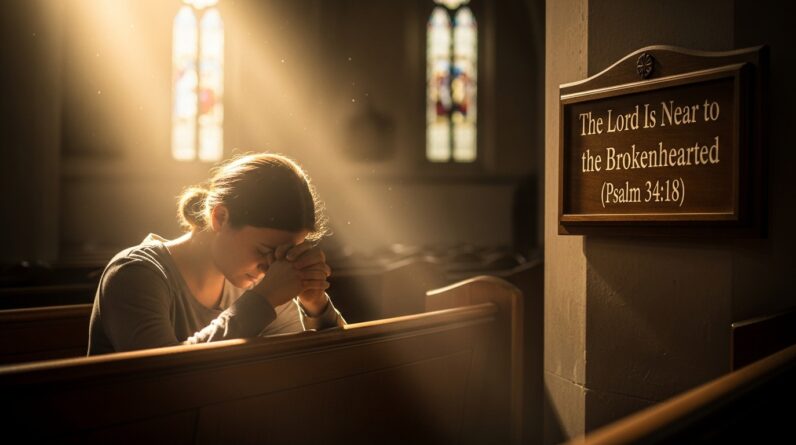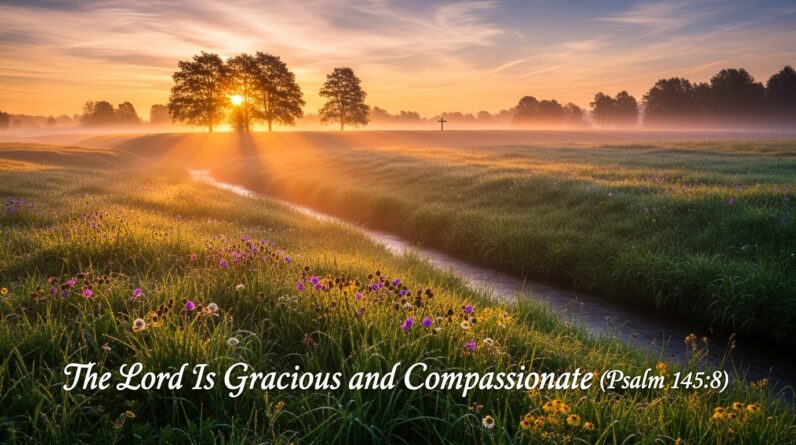Discover the significance of the Tabernacle through Exodus 40:34-38. Uncover divine presence and guidance, providing insights relevant to our lives today.
The Tabernacle: Verses in Light of Exodus 40:34-38
Hey there! As you’re dipping into this study about the Tabernacle, I hope that by the end, you’ll have a clearer picture of its significance and meaning. We’re diving deep into a slice of Exodus, particularly the powerful and evocative verses in Exodus 40:34-38. Think of this as a journey, a chance to walk through history, culture, and divine revelation all at once. Ready? Let’s go.
Purpose and Goal
This article aims to help you uncover layers of understanding within Exodus 40:34-38 and see how this passage speaks to our lives today. By exploring the context, analyzing the content, and reflecting on its relevance, you’ll hopefully finish with a richer grasp of the Tabernacle’s place in biblical history and its resonance in our personal and community lives.
Scripture Passage
Let’s set the stage with the focus passage: Exodus 40:34-38.
Then the cloud covered the tent of meeting, and the glory of the LORD filled the tabernacle. Moses could not enter the tent of meeting because the cloud had settled on it, and the glory of the LORD filled the tabernacle. In all the travels of the Israelites, whenever the cloud lifted from above the tabernacle, they would set out; but if the cloud did not lift, they did not set out—until the day it lifted. So the cloud of the LORD was over the tabernacle by day, and fire was in the cloud by night, in the sight of all the Israelites during all their travels. (NIV)
Background Information
Historical Context
To appreciate these verses, it’s vital to grasp the setting. The Israelites are journeying through the wilderness post-Egypt, having been freed from slavery through God’s intervention. The Tabernacle comes into play as a portable earthly dwelling place of God amongst His people. This nomadic context shaped their understanding of God’s presence, reinforcing His guidance during unsettled times.
Author and Audience
Traditionally, Moses is credited with recording the Book of Exodus and addressing it to the Israelites. More broadly, his audience includes anyone seeking insights into God’s covenant, presence, and directive for His people. These writings served as reminders and teachings, aiming to embed faith and obedience within the community’s heart and traditions.

Content Analysis
Verse-by-Verse Commentary
- Verse 34: “Then the cloud covered the tent of meeting, and the glory of the LORD filled the tabernacle.”
- This imagery of the cloud portrays God’s divine presence—something both awe-inspiring and protective. The ‘glory of the LORD’ emphasizes an ultimate sacredness filling the tabernacle, signaling a moment of divine occupation.
- Verse 35: “Moses could not enter the tent of meeting because the cloud had settled on it, and the glory of the LORD filled the tabernacle.”
- Even Moses, who had a unique relationship with God, was unable to enter. This indicates the profound holiness of God and establishes a clear boundary between the divine and the human.
- Verse 36: “In all the travels of the Israelites, whenever the cloud lifted from above the tabernacle, they would set out.”
- This verse underlines the practicality of God’s guidance. The cloud lifting signaled the time to move, showing God as a guide in their journey, indicating His active role in their day-to-day affairs.
- Verse 37: “but if the cloud did not lift, they did not set out—until the day it lifted.”
- Reflective of patient obedience, the Israelites’ movements were entirely dependent on this divine signal. It illustrates a community synced with divine timing, practicing trust and faith in God’s superior wisdom.
- Verse 38: “So the cloud of the LORD was over the tabernacle by day, and fire was in the cloud by night, in the sight of all the Israelites during all their travels.”
- A visual reminder, the perpetual presence of the cloud and fire underscores God’s constant vigilance and protection, day and night. This consistency provided a sense of security and reassurance for the Israelites.
Cross-References
To enrich our understanding, let’s look at some complementary passages:
- 1 Kings 8:10-11 where the cloud fills Solomon’s Temple, echoing the filling of the tabernacle.
- Numbers 9:15-23 where further details are provided about the cloud covering the tabernacle and guiding the Israelites.
- John 1:14 discusses Jesus “dwelling” among us, which in Greek can be translated as “tabernacled,” tying the concept of God’s presence to Jesus.
Lessons to Learn
From these verses, practical lessons include recognizing the importance of seeking and respecting divine guidance in our lives and embracing patience, waiting for God’s timing. It’s also a reminder of God’s unwavering presence during our journeys.

Themes and Key Concepts
Main Themes
- Divine Presence: The Tabernacle as the dwelling place of God among His people.
- Guidance and Obedience: The Israelites’ dependence on God’s signals for their movements.
- Holiness and Separation: The clear distinction between the divine and the human, even for Moses.
Key Concepts
- Tabernacle: Symbolizes God’s meeting place with humanity.
- Cloud and Fire: Representations of God’s immediate, persistent presence.
- Obedience to Divine Sign: Highlighting trust and faith in divine leadership.
Moral and Practical Application
Personal Reflection
Consider moments in your life where patience and trust in a higher power were necessary. Reflect on how divine guidance plays a role in your decision-making processes.
Community Application
For a community, the passage encourages a collective trust in divine timing and guidance. It’s an action call to seek divine presence in community endeavors and respect its directions.
Action Plan
- Cultivate a habit of seeking divine presence daily.
- Establish moments of reflection dedicated to seeking divine guidance.
- Foster patience and readiness to act per divine timing within your community.
Life Application Questions
- How do you discern and follow divine guidance in your life?
- In what ways can you create space for divine presence in your daily routine?
- How does your community respond to moments of waiting and moving according to higher guidance?
Real-Life Examples
Imagine a local church considering a major community project. Instead of rushing, they decide to spend weeks in prayer and reflection, seeking signs of divine guidance. Their patience pays off as a clear path emerges, leading to successful and impactful outcomes, mirroring the Israelites waiting for the cloud to lift.
Here’s another example: An individual grappling with a career decision takes time to contemplate, awaiting a clear inner conviction (their version of the cloud lifting). This reflection results in a choice that aligns deeply with their values and purposes, much like waiting for divine signals in your wilderness.
Conclusion
So, there you have it. The Tabernacle, through the lens of Exodus 40:34-38, isn’t just a historical religious artifact but a timeless symbol of divine presence, guidance, and holiness. By understanding this passage, hopefully, you’ve gleaned valuable lessons about patience, faith, and the ever-present nature of divine guidance in our lives today.







